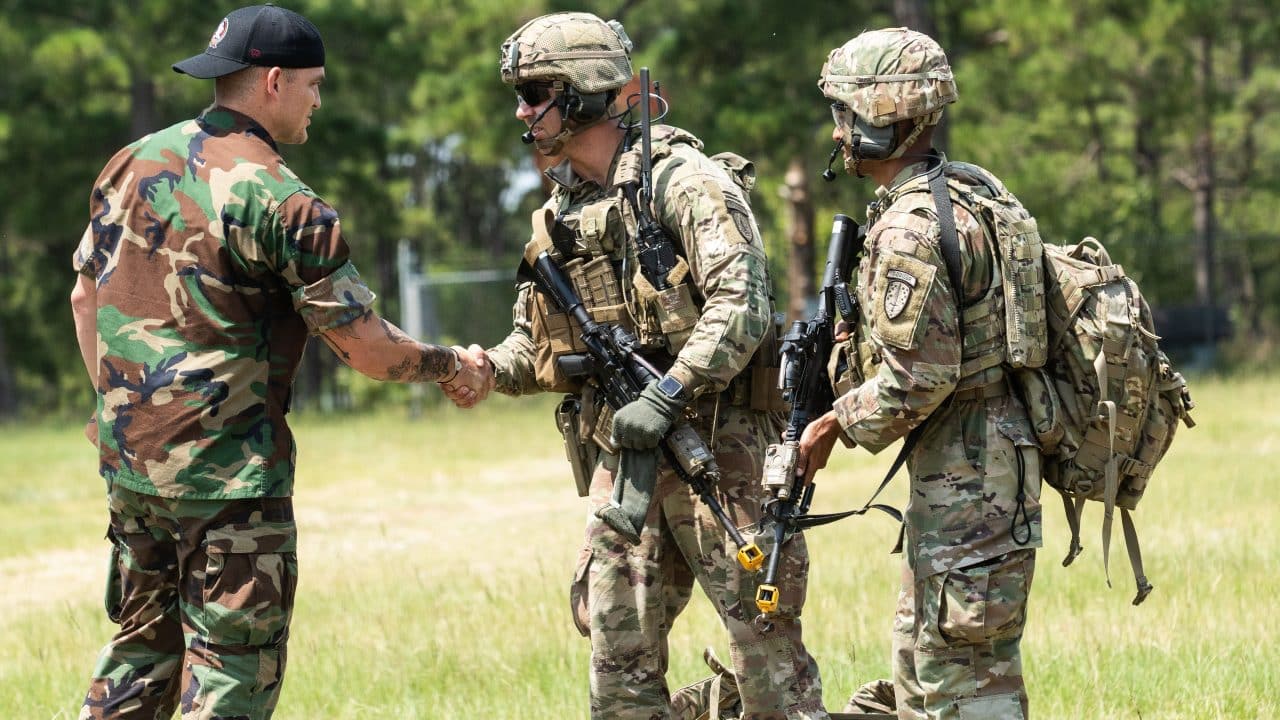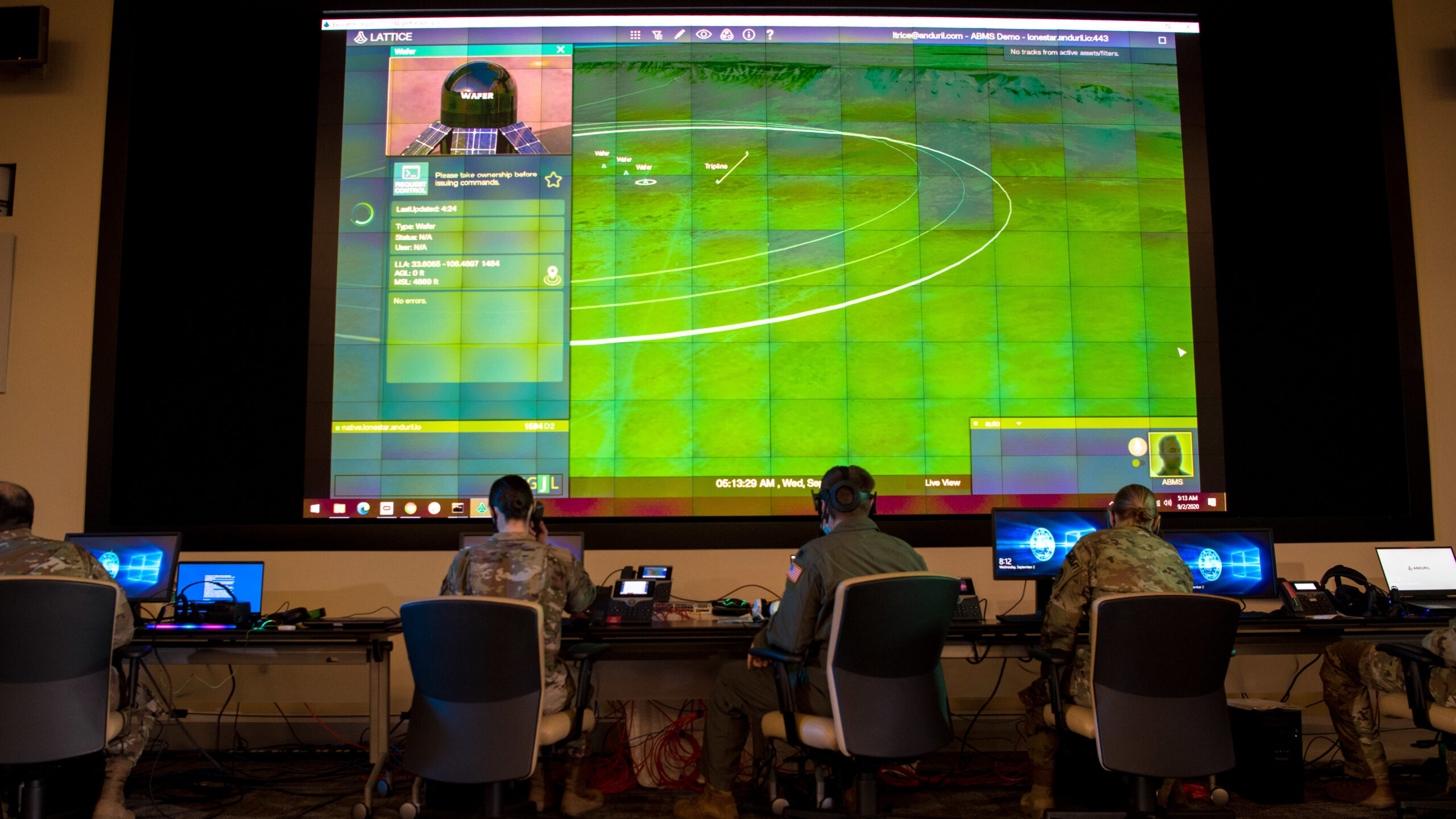Neelima Jain and Richard M. Rossow

At the end of 2022, India stood among the world leaders in renewable energy generation capacity, with around 120 gigawatts (GW) of installed wind power and solar power combined. Yet, India still missed its end-of-year target of 175 GW by a meaningful margin.
The much larger target of 450 GW of renewable energy by the year 2030 looms large. Achieving time-bound targets will require the country to resolve systemic challenges at the state level. Six Indian states account for three-fourths of the country’s renewable energy capacity shortfall of 54 GW. Many barriers persist, including slow-moving distributed renewable energy, the poor financial health of electricity distribution companies (discoms), land availability, limited infrastructure for renewable integration, and a lack of financing options. As local implementors, states hold the key to hitting India’s ambitious clean energy goals and must therefore be empowered to do so. This report assesses the perspectives of various state-level stakeholders, identifies state-level barriers to renewable energy installation, and offers potential areas of collaboration.
This report was made possible through the generous support of the Rockefeller Foundation and the Sequoia Foundation.















